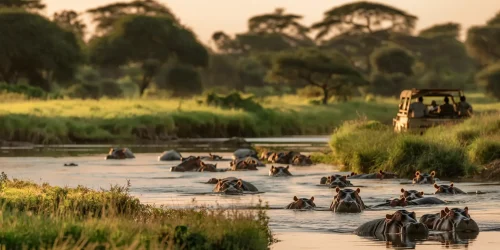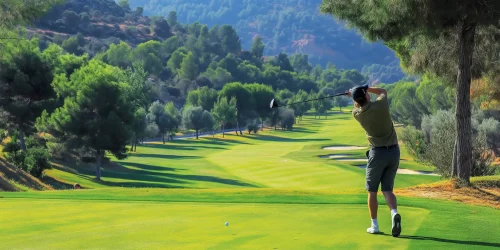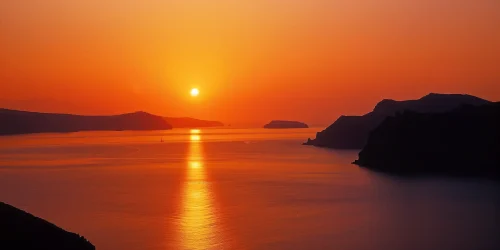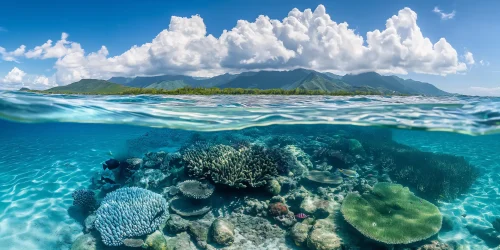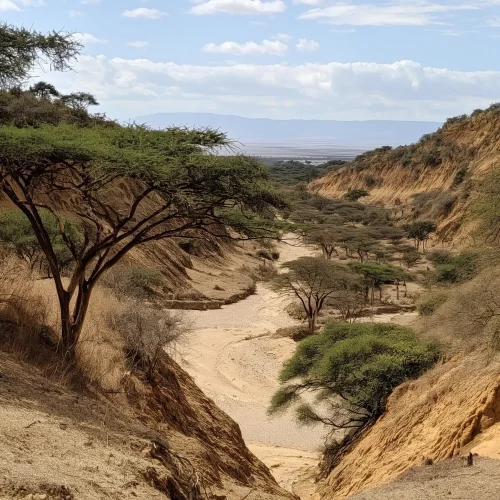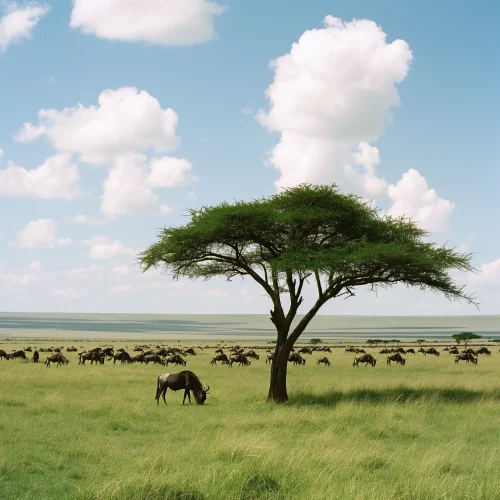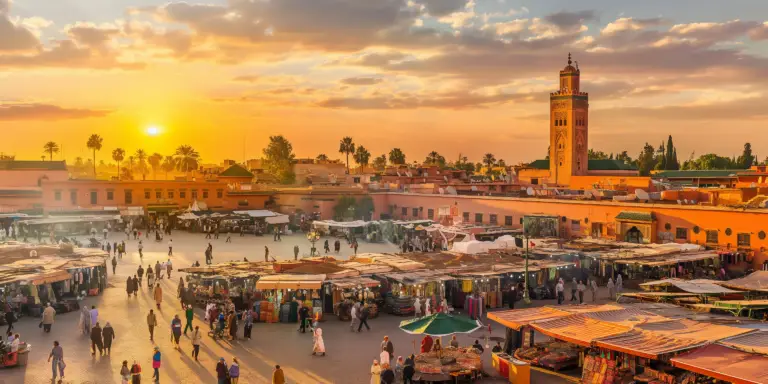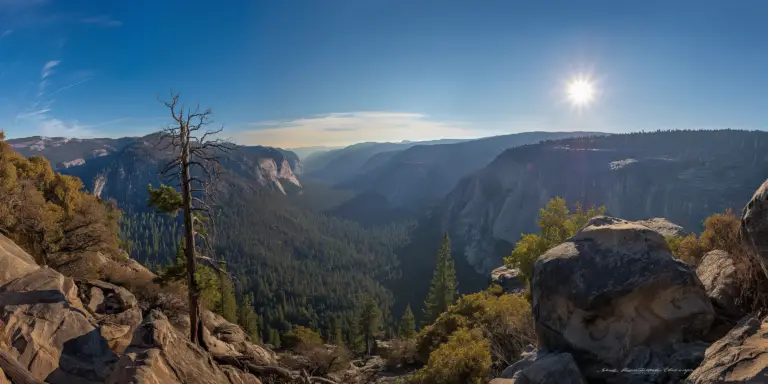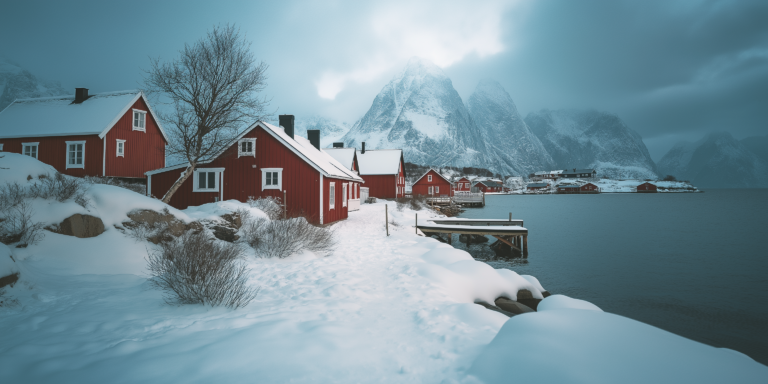The Ngorongoro Crater in Tanzania is one of the most fascinating natural wonders on the African continent, renowned for its breathtaking beauty and unique ecosystem. Formed when a giant volcano exploded and collapsed on itself two to three million years ago, the crater now serves as a natural enclosure for a wide variety of wildlife. This vast volcanic caldera spans about 20 kilometers across with steep walls rising 600 meters from the crater floor, creating a natural amphitheater for some of the densest concentrations of wildlife in Africa. The floor itself is a tapestry of different habitats, including grasslands, swamps, forests, and a central soda lake filled by the Munge River, making it an ecological haven.
The Ngorongoro Crater is a pivotal part of the Ngorongoro Conservation Area, a region that integrates human habitation with wildlife conservation and tourism. It is one of the few places on earth where humans and a plethora of wildlife species coexist within a protected area. The conservation efforts ensure the preservation of the landscape and the incredible biodiversity within the crater. Visitors to the crater can expect to see a myriad of animals in their natural habitat, including elephants, lions, rhinos, buffalo, and leopards, all thriving within the crater’s walls. This makes Ngorongoro a vital refuge for endangered species, particularly the black rhinoceros which is highly protected within the area.
Tourism in the Ngorongoro Crater offers a spectacular viewing experience that is both ethereal and profound, drawing visitors who wish to experience up-close wildlife encounters in a setting that seems untouched by time. The crater’s high walls create a backdrop of stunning vistas at every turn, which combined with the rich wildlife and the Maasai tribes grazing their livestock alongside wild animals, offers an unforgettable African safari experience. The Ngorongoro Conservation Area is also archaeologically significant, with nearby Olduvai Gorge offering insights into early human evolution, contributing another layer of intrigue to this extraordinary natural sanctuary.
